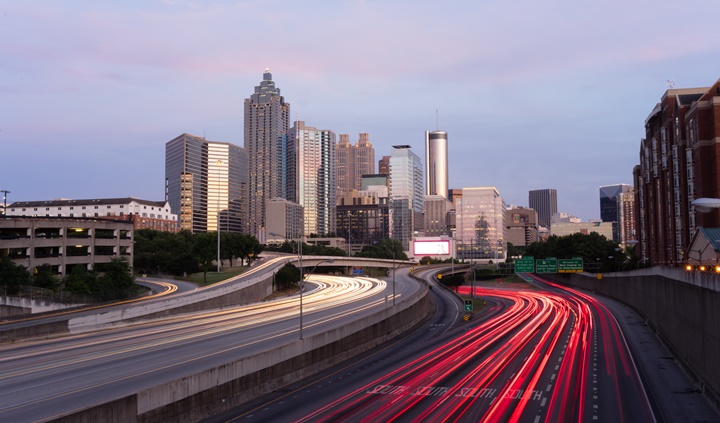In his twilight months as U.S. Department of Transportation (DOT) secretary, Anthony Foxx is taking steps to undo the sins of the interstate’s past and examining how some of the neighborhoods torn apart by highway planners a half-century ago can now be healed.
Last month, Foxx unveiled the Every Place Counts design challenge, a program to identify areas, like the neighborhood where he grew up, where roads have cordoned off communities and offer potential solutions.
“Deeply embedded in our infrastructure are the values of past eras that accepted disconnections and that accepted a view of our country as folks who were in and folks who were out,” Foxx said. “I think we’ve got to have a different idea in the 21st century.”
Over the past four weeks, federal officials have visited four cities—Philadelphia, Nashville, Minneapolis, and Spokane—to gather input from urban planners, architects, and community members and help them envision ways to reconnect neighborhoods dominated by highways.
In Spokane, Interstate 90 cuts the city in half, separating the heart of the city from the working-class streetcar suburb of East Central Spokane.
In Nashville, Interstate 40 was built in the 1960s through the heart of predominantly African-American neighborhoods; city officials now want to reconnect them.
In Minneapolis, the construction of Interstate 94 divided the Rondo neighborhood, another minority community.
And in Philadelphia, city officials say, the Interstate 676 spur has “impeded” three neighborhoods from receiving economic investments and prevented residents from accessing local parks.
Depending on whether those roads are above grade, already at street level, or below grade, those visions could include building parks on top of roads, lowering elevated structures to ground level, or removing the roads altogether.
Photo credit: Adobe Stock Photos.

